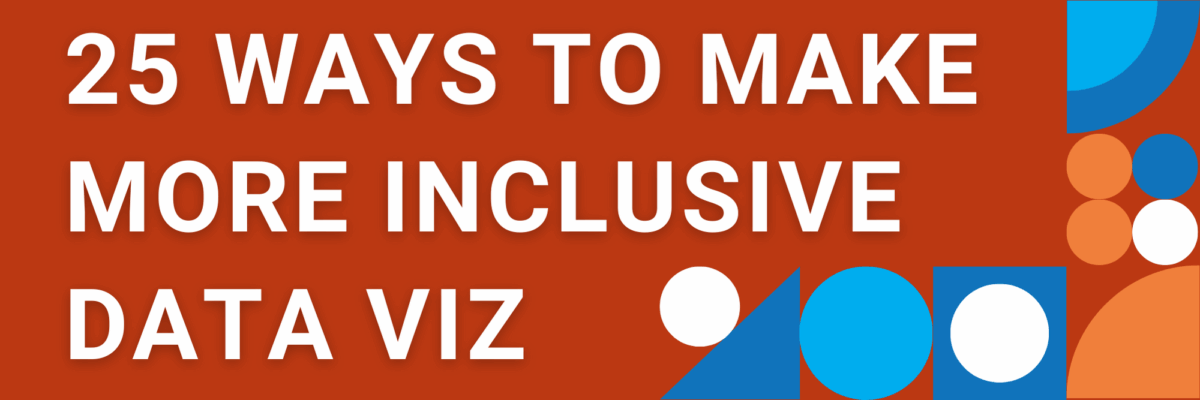Ways to Make More Inclusive Data Viz
Can a bar chart be racist?
Looks like it can at least contribute to some stereotypical thinking.
Sounds impossible, doesn’t it? Together, let’s release the clutch on our pearls, take a deep breath, and look into the study that brought this to my attention. It’ll help us be more inclusive.
Pieta Blakely, Eli Holder, Cindy Xiong, and others have conducted a cluster of studies that look at how certain charts can reinforce deficit framing. It works like this:
When we compare group averages in something like a bar chart, we inherently lead viewers to compare those bars against one another and end up focusing in on the differences in the outcomes. Here’s one example they tested:
In their study, they found that over half of the respondents agreed with statements about the data like “These outcome differences are because [Group] works harder than [Other Group].”
When they replaced the generic group labels with names of racial groups, they found fewer people agreed to the same statement, though the study authors attribute that to social desirability.
In other words, whether the group names are generic or specific to certain racial groups, at least a third of folks are drawing conclusions about the data that reinforce unfair (and racist) thought patterns.
Sure, there’s always more research to be done to establish this finding as canon. But I’ve personally seen enough to make me pause.
So now what?
Look, go all out with your bar charts on datasets that aren’t about comparing racial groups (or, I’d think, gender or class or any other group that is already dealing with some unwarranted discrimination).
And when you are graphing data on those groups, try a different chart type.
Blakley and team tried out a beeswarm instead (this also goes by other names like a jitter plot but that just ain’t as fun as a beeswarm). Beeswarms show the individual data points that make up that average that woulda been shown as a bar.
Turns out, when people see all the individual data points displayed, they’re more likely to notice that data points for each racial group overlap each other – a lot. And that makes them less likely to attribute over-generalizations to any particular racial group.
Taking race out of it for just a sec, beeswarms are pretty fantastic little charts. Here’s one that Cameron Cross made. He’s one of my Academy students. His graph is showing the test scores for the 8th graders in his district.
When you see every data point like this, it’s easy to spot some outliers that woulda been pushing your bar-chart-average in a skewed direction. It’s also easy to spot those kids who are right on the margins of advancing to the next category. You’d catch none of that in a bar chart.
But bar charts are so easy to make, right?
How in the world would you even make a beeswarm?
Babe, I’ve got all the instructions you need in the Data Viz Academy, where Cam learned it.
Bottom line: A change in chart type can guide our thinking toward what matters and away from racist thought patterns.





